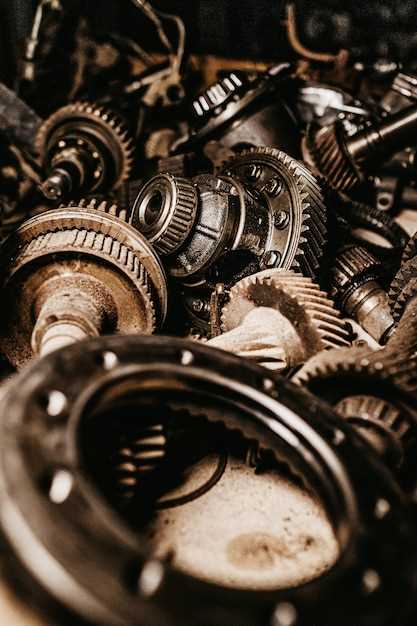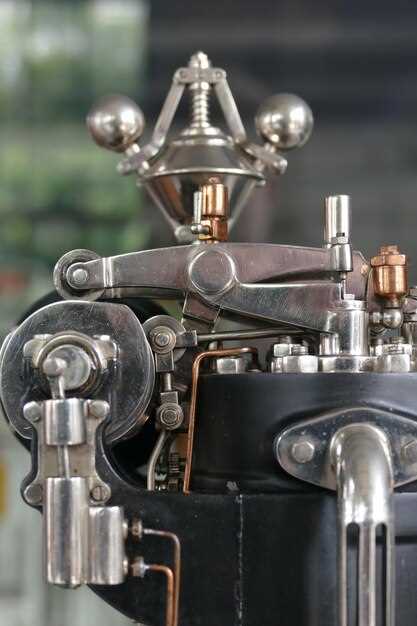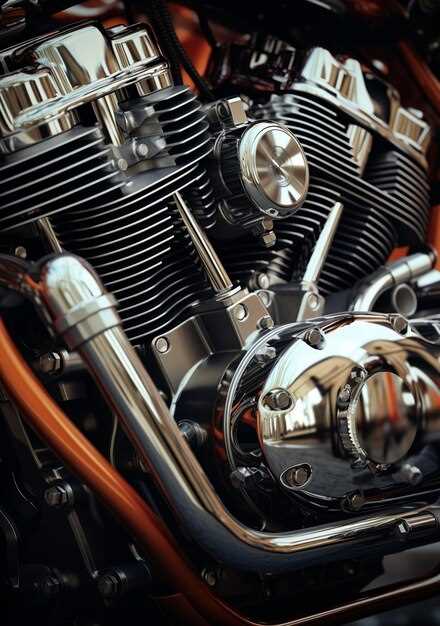
Classic cars hold a special place in the hearts of automotive enthusiasts, often symbolizing an era of innovative design and engineering. However, as time progresses, the original engine performance of these timeless vehicles may not meet the demands of modern driving conditions. To enhance both the driveability and longevity of your classic car, considering some essential engine enhancements can make all the difference.
Upgrading components of your car’s engine can lead to significant improvements in performance. Whether it’s installing a more efficient carburetor, upgrading the ignition system, or considering a complete engine swap, each modification can breathe new life into your classic vehicle. These enhancements not only increase horsepower but can also improve fuel efficiency and overall reliability, ensuring that your classic car remains enjoyable to drive.
Moreover, modern advancements in engineering allow for enhanced engine performance without compromising the vintage feel. For example, incorporating fuel injection systems or advanced ignition technologies can provide a substantial boost while maintaining the authenticity of the car. By exploring these engine enhancements, you can enjoy a seamless blend of nostalgia and modern performance, making your classic car an even more cherished possession.
Upgrading Carburetors for Improved Throttle Response

Upgrading the carburetor is one of the most effective ways to enhance the engine performance of classic cars. A modern carburetor can significantly improve throttle response, enabling quicker acceleration and a more dynamic driving experience. Traditional carburetors may suffer from age-related inefficiencies, leading to sluggish performance and inconsistent fuel delivery.
Switching to a high-performance carburetor can provide better fuel atomization and increased airflow, which are crucial for enhancing engine responsiveness. Options such as dual carburetor setups or larger venturi sizes allow for more air and fuel to enter the engine, promoting better combustion and power output. These improvements not only enhance throttle response but also contribute to overall engine efficiency.
Additionally, tuning the new carburetor to match the specific engine setup can yield substantial performance gains. Adjustments to jet sizes, accelerator pumps, and float levels can optimize fuel delivery and throttle actuation, resulting in a more responsive driving experience. This level of customization ensures that the engine operates at its peak, particularly under varied driving conditions.
In summary, upgrading to a high-performance carburetor is a practical enhancement for classic car enthusiasts looking to improve engine performance. Enhanced throttle response leads to a more engaging driving experience, making it a worthwhile investment for those passionate about their classic automobiles.
Implementing Performance Exhaust Systems and Their Impact

Upgrading the exhaust system is one of the most effective ways to enhance the performance of classic cars. Performance exhaust systems are designed to improve airflow, reduce back pressure, and optimize engine efficiency. By replacing the stock exhaust components with a performance-oriented system, car enthusiasts can unlock significant power gains.
One of the primary advantages of a performance exhaust system is its ability to enhance engine performance through improved gas flow. The design of these systems typically includes larger diameter pipes and less restrictive mufflers, which facilitate smoother exhaust exit. This reduction in back pressure allows the engine to breathe more freely, resulting in increased horsepower and torque. Many drivers report noticeable improvements in throttle response, enabling a more exhilarating driving experience.
Additionally, a performance exhaust can lead to weight savings. Many aftermarket exhaust systems are constructed from lightweight materials such as stainless steel or titanium, further contributing to the overall performance of the vehicle. Reducing weight not only enhances acceleration but also positively impacts handling and braking performance.
The sound produced by a performance exhaust system is another key consideration. Unlike some factory systems, performance exhausts often have a more aggressive and sporty tone, which can significantly add to the driving experience. This auditory enhancement complements the increased performance, making the vehicle feel more powerful and engaging.
While upgrading to a performance exhaust system can yield substantial benefits, it is essential to consider potential drawbacks. Installation may require modifications to the vehicle’s chassis or mounting points, and some systems may not meet local emissions regulations. It is advisable to ensure compliance with these regulations to avoid legal issues.
In conclusion, implementing a performance exhaust system is a valuable enhancement for classic car enthusiasts seeking to boost engine performance. The positive impacts on horsepower, torque, weight reduction, and sound make this modification a worthy investment for those wanting to optimize their vehicle’s capabilities.
Integrating Electronic Ignition Systems for Better Fuel Efficiency
One of the most significant advancements in automotive technology is the transition from traditional ignition systems to electronic ignition systems. For classic car enthusiasts, integrating these systems can dramatically improve both performance and fuel efficiency, making a vintage engine more reliable and economical.
The core advantage of electronic ignition lies in its precision. Unlike mechanical ignition systems, which rely on contact points and coils, electronic systems utilize solid-state components to manage the timing and firing of the spark plugs. This accuracy leads to a more complete combustion of fuel, reducing waste and improving overall engine efficiency.
Moreover, electronic ignition systems often feature an adjustable timing curve. This flexibility allows for optimal ignition timing based on various operating conditions. As a result, drivers can experience not only better fuel economy but also enhanced throttle response and reduced emissions, making it a win-win scenario.
Installation of an electronic ignition system in a classic car can often be straightforward, with many aftermarket kits available specifically designed for vintage vehicles. This allows owners to preserve the classic look while benefiting from modern technology. By upgrading to an electronic ignition, classic car owners can enjoy improved performance, reliability, and fuel savings without losing the charm of their beloved vehicles.


